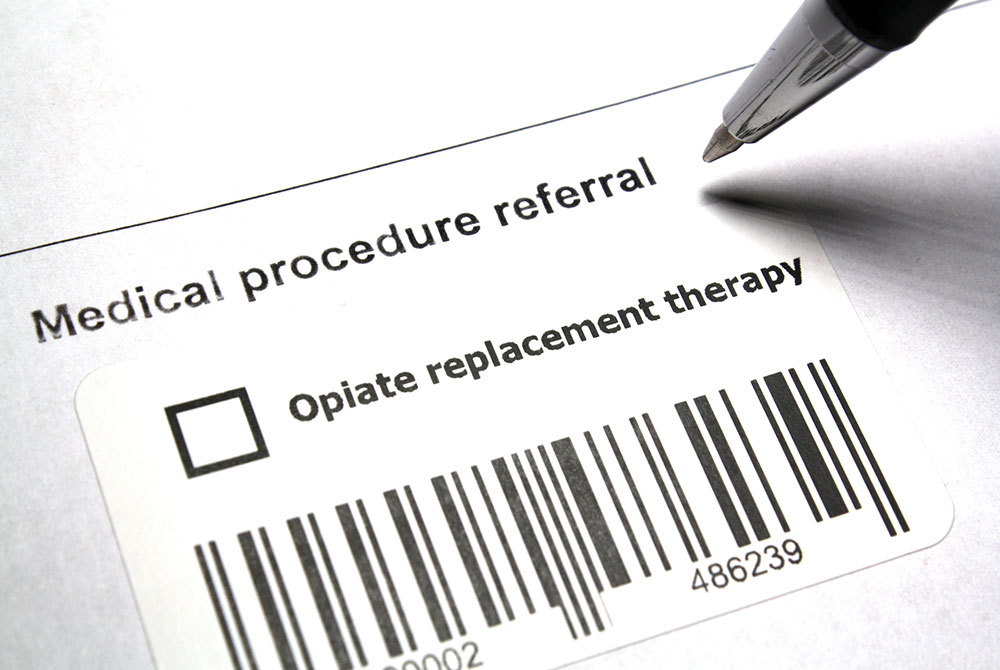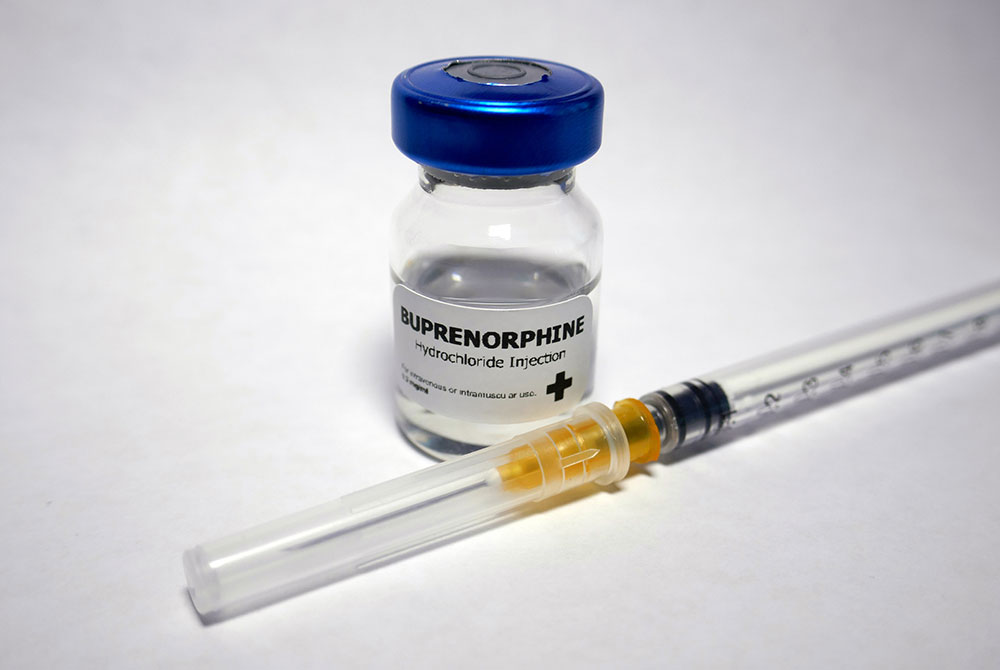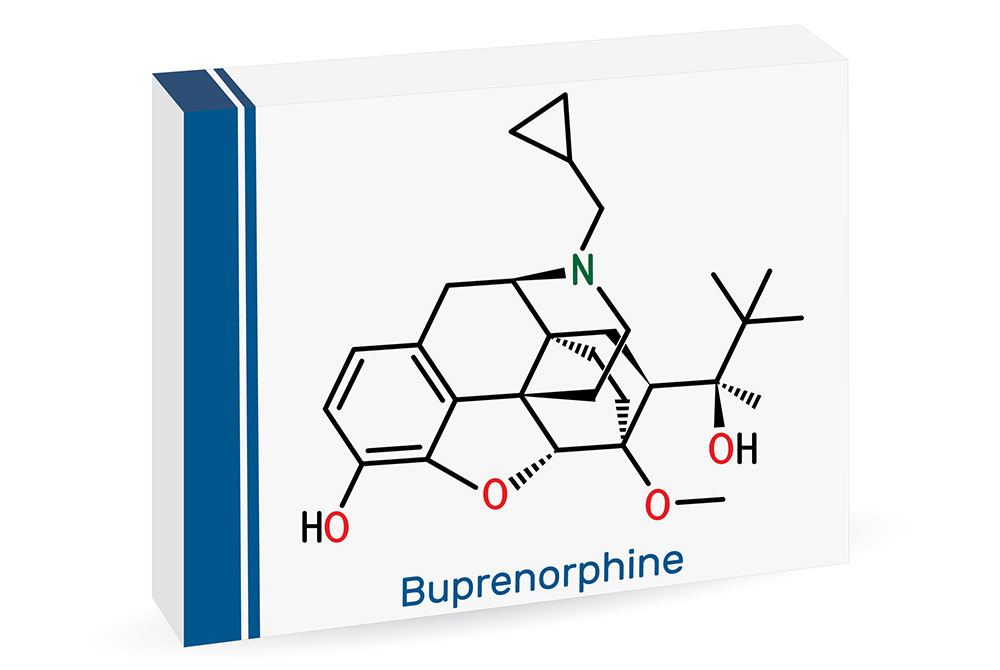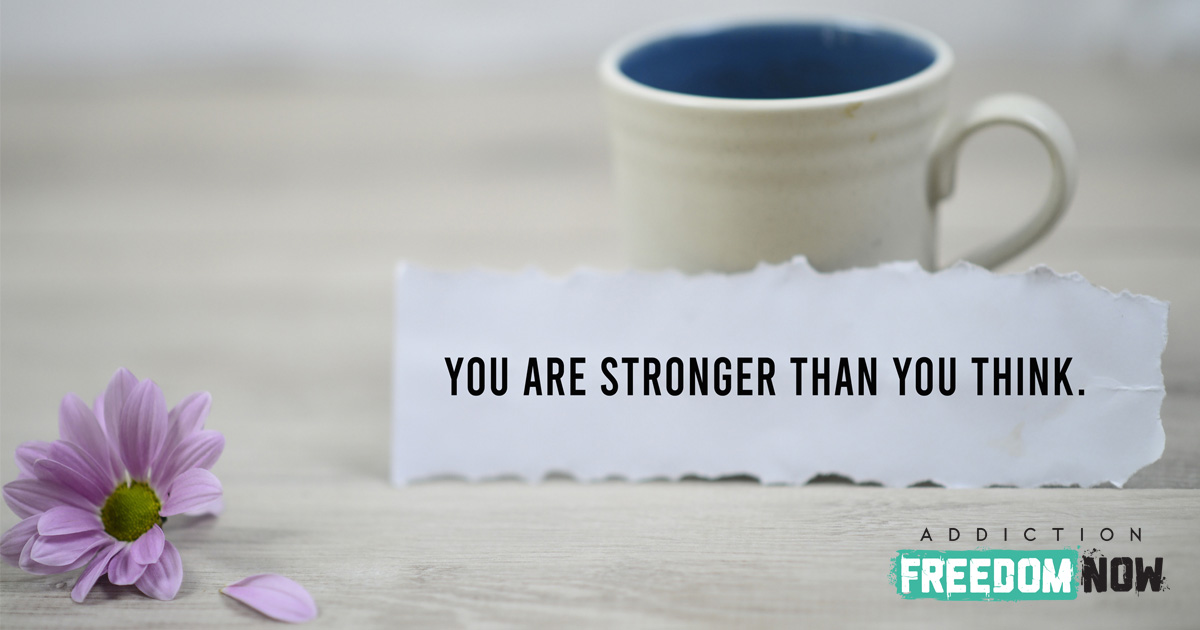Seeking treatment for opioid addiction is the first step to a life-long process of recovery and healing. Opioids are made to be chemically similar to natural compounds that interact with the body’s own opioid receptors, altering the chemistry of the brain and changing the way it functions. Removing those interactions can cause withdrawal symptoms and can also be severe, which is why many opioid addiction treatment options involve medication-assisted treatment (MAT).
There are several medications professionals may prescribe to someone in recovery from a substance use disorder. While all are intended to ease withdrawal symptoms and curb cravings, each medication works in a slightly different way. Sublocade may prove to be a better option for many patients than some other common medications.
Sublocade
Sublocade for addiction treatment is a once-monthly injection that, when used in conjunction with substance use disorder treatment, can help individuals recover from opioid use disorder. As one of the few FDA-approved medications for opioid use disorder, Sublocade contains the same active ingredient as another commonly prescribed medication. However, Sublocade is a formulation specifically designed to address many characteristics of opioid use disorder.
Sublocade is a brand name for buprenorphine, a partial opioid agonist. This means that it is designed to bind to and activate the opioid receptors in the brain, but not as completely as full opioid drugs. This means buprenorphine cannot produce aspects of the full opioid response, such as euphoria, but it can help reduce serious risks often associated with opioid recovery, such as overstimulation or overdose. While buprenorphine is found in other MAT medications like Suboxone, the buprenorphine in Sublocade is a long-acting form, allowing it to last weeks at a time.

Currently, Sublocade is administered monthly in a prefilled syringe. The medication is injected under the skin by a trained healthcare professional. Sublocade is administered to treat moderate-to-severe cases of opioid use disorder and is prescribed to individuals 18 and older. This medication can help ease the strain of the withdrawal process and can prove a beneficial tool for individuals struggling with the detox process.
Benefits of Sublocade
There are numerous benefits associated with using Sublocade for medication-assisted treatment for opioid use disorder.
- Reduced Impact of Cravings and Withdrawal Symptoms – For many individuals in recovery, detox and the earliest recovery days can be the most difficult because the body and brain have become dependent on opioids to function appropriately. Most individuals experience some form of withdrawal, though the severity can vary significantly from person to person. Withdrawal can include headaches, body aches, nausea, flu-like symptoms, and even seizures. Due to these symptoms and the cravings that accompany them, many individuals relapse before detox can take place. Because Sublocade produces some of the effects of a full opioid, it can help reduce the severity of withdrawal symptoms, which in turn can help individuals avoid relapse.
- Extended Release Formulation – Unlike other forms of buprenorphine, this medication is designed for long-term support. Individuals do not need to take medication daily to dampen the withdrawal symptoms and cravings that can be especially difficult to deal with in the early stages of recovery.
- Safety – Unlike some other opioid treatment options, Sublocade must be administered by a licensed professional in a regulated facility. Other medications may be oral medications that rely on the individual to carefully administer and monitor their use. With Sublocade, there is little chance of a mistake and no potential for misuse.
- FDA Approved – Not many medication-assisted treatment options are officially approved by the FDA. This approval means that Sublocade has been proven effective for its prescribed purpose and is safe when used as intended.
Sublocade Vs. Other Options for Opioid Addiction
Since the 1990s, opioid use, addiction, overdoses, and associated deaths have been on the rise. Since many individuals are introduced to opioids via a prescription painkiller after surgery or injury, the healthcare system has been forced to evolve to try to combat this epidemic. Medical professionals are now re-evaluating why, to whom, and how frequently they prescribe these medications.
Unfortunately, illicit opioid medications and opioid street drugs are increasingly available, leaving a wake of overdoses and devastation in their path. Today, the crisis continues with the increased presence of illicitly-manufactured fentanyl and other unregulated, highly potent opioids. The continued opioid crisis has led to the creation of prescription medications to combat their harmful effects.

Suboxone
Suboxone is one of the most commonly prescribed medications for people with opioid use disorder. Like Sublocade, Suboxone is a brand-name medication that includes buprenorphine. However, Suboxone is formulated as a short-acting medication designed to only last a few hours at a time. Unlike Sublocade, which is buprenorphine only, Suboxone also contains naloxone, a medication designed to reverse the effects of opioids. This additional medication can cause immediate withdrawals if Suboxone is injected, discouraging intravenous use and dependence.
Suboxone is commonly prescribed as a sublingual film that dissolves under the tongue and is taken once or twice per day. Suboxone is available in different strengths that vary based on the severity of the substance use disorder. Like Sublocade, this medication is also FDA-approved and is available as a generic drug.
Suboxone in any form is a Schedule III controlled substance, so while it has a lower potential for abuse, abuse of this medication can still happen. Dependency can develop under these circumstances, and withdrawal symptoms are a possibility. However, when taken as directed, especially when used in conjunction with other forms of therapy, suboxone can help a person recover from opioid use disorder.
Methadone
Methadone is another medication that can be used for opioid use disorders. It is a long-acting agonist for opioids and, like buprenorphine, works by binding to receptors in the brain that are targeted by opioids. As it is an agonist, it can reduce withdrawals and can have some of the effects of other opioids without the sense of euphoria or “high.”
Due to its function as a full, long-acting agonist, methadone can be used to help relieve pain as well as to aid in opioid use disorder recovery. Methadone is available in a variety of forms, such as tablets, liquids, or injectables. Methadone is a Schedule II controlled substance, so it does have a higher risk of abuse than suboxone.
Naltrexone
Also known by its brand name, Vivitrol, naltrexone is another option for individuals in opioid recovery. This drug is an opioid antagonist, so instead of binding to a receptor and producing a muted response, naltrexone is designed to bind to receptors and block the effects of opioids. When using this form of medication, it is vital that a person stops taking all buprenorphine products and opioids a week in advance. Combining these drugs can cause or worsen withdrawal symptoms. While this medication can prove beneficial in helping treat opioid addiction, it is most commonly prescribed to help treat alcohol dependence.
Why Was Sublocade Created?
Researchers are continuously looking for ways to improve or replace existing medications. When it comes to the creation of Sublocade, researchers were trying to address a variety of issues found with current treatment options. Some of the main problems involved with medication-assisted treatment are the method of administration, the length of activation, and the associated side effects.
Administration Methods
Many medications on the market for substance use disorders rely on oral delivery methods. These could include oral tablets like methadone, or dissolvable strips like Suboxone. The main problem with oral medications is that they are self-administered unless the individual is under daily supervision by an MAT program. For that reason – and because medications like Suboxone and methadone create opioid-like effects – people are at risk of developing a dependency.

For individuals with addictive tendencies who rely on the use of opioids to continue normal functioning, it is possible to misuse oral medications, especially if not properly monitored. With Sublocade, researchers intended to formulate a medication that could be administered by a trained professional from a prefilled syringe. This ensures that the injection is in the right place and that everything is done in a clean and sterile environment. For those that worry about the responsibility of self-administering their medication, this option takes the guesswork out of dosing and practically eliminates the potential for abuse.
Length of Relief
Early recovery can be an especially difficult time. There is the risk of developing severe withdrawal symptoms that, in the moment, can feel worse than the addiction. There is also the physical, mental, and emotional toll that detox can have. Medication-assisted treatment is designed to help minimize the severity of these symptoms. Unfortunately, daily medications like Suboxone only provide short-term relief. This means doses must be taken daily if not more often, to maintain the support the medication is providing.
Sublocade addresses this problem with its long activation time and slow release formula. This medication is specifically designed to last significantly longer than its competitors. This can be a serious relief during the early recovery process.
Side Effects
Medication side effects are an ongoing problem pharmaceutical researchers continue to address. The severity of the potential side effects can vary depending on the person and the medication. While Sublocade is not without its possible side effect risks, its carefully monitored administration ensures that any negative effects are addressed quickly.
Sublocade Research
Sublocade can be an effective treatment for opioid recovery. In fact, it is comparable, if not a better option, than its popular counterpart, Suboxone. It also solves some of the most pressing problems with other opioid use disorder MAT medications. For example, while not as dangerous as other opioids, medications such as Suboxone, methadone, and naltrexone are still controlled substances. These medications, when misused, can be addictive, cause health concerns, and can hinder recovery. Since Sublocade must be administered professionally, it does not pose this same risk.

Sublocade injections provided similar reductions in opioid use when compared to daily use of Suboxone. Significantly, though the treatment outcomes were similar, Sublocade buprenorphine injections rarely caused adverse effects. Overdoses with Sublocade are rare. In addition, aside from being a viable method to treat opioid use disorder, Sublocade patients had better odds of securing employment. However, Sublocade injections may be more expensive than Suboxone.Yet, insurance providers may be able to cover the costs.
Takeaways
There are a variety of medications that can be used to aid in medication-assisted treatment for opioid use disorder. These medications are designed to bind with and either influence or block receptors in the brain that are capable of binding to opioids to produce a high. When comparing Sublocade to other treatment options, there are clear similarities, especially since it contains buprenorphine like another leading treatment.
However, the risk of misuse is drastically reduced with Sublocade since it can only be injected by a medical professional. This process could also prove beneficial in the ongoing effort to keep opioids off the streets. In addition, medications such as Suboxone are designed to provide short-term relief. Most individuals have to administer a dose once or twice a day. Sublocade differs in that it is designed for long-term relief. It stays in the body, providing relief through withdrawals and detox as well as early recovery. This dependable relief can help prevent the desire to relapse.
Sublocade FAQs
Need more information about Sublocade and the corresponding research? Here are some frequently asked questions about this MAT drug.
Medication-Assisted Treatment for Addiction Recovery
There are several factors to consider when determining whether you could benefit from medication-assisted treatment in conjunction with other therapies and counseling. This includes your age, your level of addiction, your substance of choice, your family history, and so much more. For most people, however, Sublocade, along with a comprehensive MAT program, can help make recovery possible.
Illuminate Recovery is committed to helping you discover a personalized treatment plan that will work best for you. We know that true recovery involves healing of the body and mind, which is why we offer a medication-assisted treatment program. We have seen the promising benefits of Sublocade and are happy to help you explore treatment options.
Sources:
- Commissioner, O. of the. (2020, March 24). FDA approves first once-monthly buprenorphine injection, a medication-assisted treatment option for opioid use disorder. FDA. https://www.fda.gov/news-events/press-announcements/fda-approves-first-once-monthly-buprenorphine-injection-medication-assisted-treatment-option-opioid
- Sublocade Injection: How It’s Given, Side Effects, and More. (2021, February 18). Healthline. https://www.healthline.com/health/drugs/sublocade
- Executive Summary. (2019, July 1). Www.ncbi.nlm.nih.gov; Canadian Agency for Drugs and Technologies in Health. https://www.ncbi.nlm.nih.gov/books/NBK546461/




